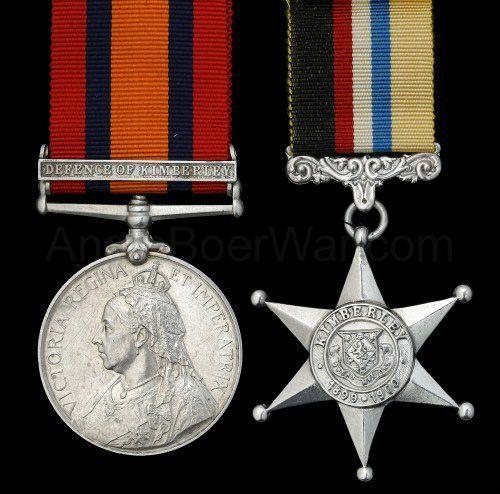-
Posts
4,807 -
Joined
-
Last visited
-
Days Won
12
Content Type
Profiles
Forums
Blogs
Gallery
Events
Store
Everything posted by Gordon Craig
-
Rocket, Interesting comments on these Argentine medals. What does Premios Militares have to say about the Malvinas War medals? There are so many medals supposedly for this war with different dates and different designs it is hard to know what to believe. Thanks for the link to Argentine medals. I was never able to establish any contact with Argentine collectors so other then what I have collected off the net i haven't been able find any other Argentine medals. I'll attach some other pictures from my Argentine file just for interest. Regards, Gordon
-
Rocket, Your thread prompted me to dig out my binder on Argentine awards. Your pictured medals, and comments, helped resolve some questions that I had and raised others. Despite what I said above about the Malvinas bar I had recorded it in my binder but had forgotten about it. Your comment about the "official" medal on the left is interesting. This is the first time that I have heard of a "commemorative" medal for the Malvinas war. Who would have received it? Your comment about the Combatants medal being reissued in 1990, 91,92, 93 was also of interest. I have seen these Combatants medals with different years at the bottom. Mine, like the one you pictured here, is dated 1993. I have a question about the Gold Malvinas Combatants medal in my collection. You can find it on ebay where vendors list it as an officers medal, which it is not. I have found published info on line saying that the government of Argentina was considering producing a gold Malvinas combatants commemorative for the 30th anniversary of the war but I have not been able to confirm that. Perhaps you, or one of your Argentine contacts could shed some light on this gold medal? I've posted the medals in my collection below. Regards, Gordon
-
Sandor, Always interested in what you have to show. It's been a while since we spoke. How are you? Gordon
-
Gentlemen, There are a number of different type of metal ribbon bars that were used in the DDR. I'm going to start with what a correct senior officer/Generals bar should look like. This bar would be worn on a tunic. One of the signs of a reproduction or fake bar is often how much solder is used on the back of the bar. This bar shows the minimum use of solder. Most of the bar does not need to be soldered to hold it together. Regards, Gordon
-

Help on this commander star of FJO
Gordon Craig replied to eos512's topic in Austro-Hungarian Empire
Gentlemen, I have done a lot of business with emedals but they sometimes post items that I would not buy. That happens with all auction houses/dealers. It is up to the buyer, as was said above, to do their due diligence and study what the vendor says, and does not say, as well as the pictures, before buying. emedals will accept the return of anything that you buy from them without hesitation. Regards, Gordon -

Fleur de lis buckle
Gordon Craig replied to Farkas's topic in Germany: Third Reich: Uniforms, Headwear, Insignia & Equipment
Farkas, Some info on the Deutsche Pfadfinderbund https://en.wikipedia.org/wiki/Deutscher_Pfadfinderbund_(1911–1933) Regards, Gordon -
Prem, Great badge/s. I have never seen two joined by a jeweler but it makes sense. Wonderful fotos of this type of badge in wear. Thanks very much for posting them. Regards, Gordon
- 1 reply
-
1
-
Quovadis, Other than some wiki articles on the action in the Cameroons by the Nigerian Marine, 1914 until the surrender of German Forces in 1916, I wasn't able to find any specific information on 3 Nigerian Marine. The 3 WWII medals are worth about US$25.00 each. The WWI Victory medal a little more-US$30-40 depending on condition of the medal and the ribbon. There is a book available call "The Official History of the War in the Cameroons". Sorry that I could not offer more information these medals. Regards, Gordon
-
Quovadisuk, The Dr. probably in means that P. Effiong was a driver in 3 Nigerian Marine. I am not familiar with the Nigerian armed forces so how to trace this person is not something that I can help with for sure. You could try emailing the Nigerian Embassy and ask for their assistance in finding out what what 3 Nigerian Marine was. You could try https://www.nationalarchives.gov.uk/ for the same information but you would probably need to hire a researcher to trace this individual for you. I don't find the UK Archive that easy to navigate. Here is all that I could find on line re 3 Nigerian Marine. Regards, Gordon History[edit] The Nigerian Navy owes its origin to the Nigerian Marine. Formed in 1914 after the amalgamation of the then Northern and Southern Nigeria, the Nigerian Marine, as it became known after 1914, was a quasi-military organization. This force expanded to become the Southern Nigerian Marine in 1893. A Northern Nigeria equivalent was formed in 1900. The two Marines were merged in 1914. Responsibilities included administration of the ports and harbours, dredging of channels, buoyage and lighting. It also operated ferry services, touring launches, and other small craft that plied the various creeks and other inland waterways.[1]
-
Quovadusuk, The medal you mentioned above is a Victory medal for WWI. Specifically, this one issued by the UK. The question above asked if it was named. The name should be on the edge of the medal. The name might tell you if the Victory medals belonged to a member of your family. The other medals on the bar were all issued for WWII service. If you compare the ribbons on the medals to the ribbon colours on the ribbon bar you will see that they match but that there is no matching medal for one of the ribbons on the ribbon bar. The missing medal is the Defence medal. If the owner of the ribbon bar served in WWI the ribbon for the Victory medal should also be shown on the ribbon bar and it isn't so they probably don't belong to the same person. WWII medals were not named. Please see the attached picture as an example. Regards, Gordon
-

HELP with greek RAF hat
Gordon Craig replied to joaobr's topic in Great Britain: Militaria: Badges, Uniforms & Equipment
jaobr, Interesting cap. The cap badge doesn't seem to be in the correct place. Too far forward but I am not an expert on these caps as worn by the Helleinic Air Force. The badge appears to be correct. I wore one of these caps for years in the RCAF and the badge is usually further from the front. The same as in the RAF. See attached pictures. I would be interested in seeing a picture of the buttons. Regards, Gordon -

Is this a official, semi-official or private produced medal ????
Gordon Craig replied to Marcon1's topic in Africa
Great Dane, Thanks for your comments. I did miss the dates on the QSA. I am not familiar with this particular medal. Regards, Gordon -

Is this a official, semi-official or private produced medal ????
Gordon Craig replied to Marcon1's topic in Africa
Definitely a fake. And a very poor one at that. Here is a real one for comparison along with a Kimberly Star. Regards, Gordon -

Medal to H. J. Coetzee
Gordon Craig replied to QSAMIKE's topic in Great Britain: Militaria: Badges, Uniforms & Equipment
Mike, Too bad you missed reuniting the two. Regards, Gordon -

Medal to H. J. Coetzee
Gordon Craig replied to QSAMIKE's topic in Great Britain: Militaria: Badges, Uniforms & Equipment
Mike, Be interesting to know who the successful bidder was. I followed this auction but decided not to bid. Too many other interesting items coming up. Never enough money for it all! Regards, Gordon -
Thanks for the explanation on the sister. I was curious about mention of her. Good luck in collecting all of the letter prefixes on these medals. There are certainly a lot of them! If you wish to do some further research on this group I have used dewald@nelantiques.co.za successfully on WWII and Boer War groups in my collection. Regards, Gordon
-
Interesting group. I don't remember seeing a plaque with the medals before. I nice group to have. Regards, Gordon
-

Hungarian Uprising Medals 1956
Gordon Craig replied to Jurgen Fritz's topic in Coins & Commemorative Medallions
Jurgen, The picture is so small I an not tell what I am looking at. You should post Hungarian items in the eastern and Central European sub forum to get a better answer. Regards, Gordon -
Hi, If you enter UDF CAMP CULLINAN you will be able to find some info on Camp Cullinan such as the url below. Regards, Gordon http://samilitaryhistory.org/vol141jl.html
- 3 replies
-
- ww2
- south africa
-
(and 3 more)
Tagged with:
-
chechaco 1, I have used google translate to turn your post into English so that some comments can be made to your post. Welcome to the forum ваше сообщение на английский язык, чтобы к нему можно было добавить несколько релевантных комментариев. Добро пожаловать на форум. The 17th Division was one of the most mixed divisions of the German army, formed by merging the contingents of Hanseatic cities with the contingents of the Grand Duchy of Mecklenburg. The 33rd Infantry Brigade of the division consisted of contingents from Hamburg and Bremen (and until the formation of the 162nd Infantry Regiment in 1897 - the Lubeck Regiment). The 34th Infantry Brigade of the division (Grand Duke of Mecklenburg) consisted of the infantry contingents of the Great Principalities of Mecklenburg-Schwerin and Mecklenburg-Strelitz. The Divisional Cavalry Brigade was the 17th (Grand Duke of Mecklenburg) Cavalry Brigade with two Dragoon regiments from Mecklenburg-Schwerin and at various times in its history attached to the Prussian cavalry. The 17th Artillery Brigade consisted of a regiment from Holstein and a regiment from the two great principalities of Mecklenburg. No. 34. Infantry brigade. Mecklenburg Grenadier Regiment No. 89 (1668 people (in 1914), 204 killed in the Franco-Prussian War) Mecklenburg Fuselian Regiment No. 90 (1694 people in 1870, 300 dead) 10/01/1867 Mecklenburgisches Jäger-Bataillon Nr. 14 (794 people in 1870, 66 dead) cavalry brigade: 1. Mecklenburgisches Dragon-Regiment Nr. 17 (655 people in 1870, 25 dead) 2. Mecklenburgisches Dragoner-Regiment Nr. 18 (634 in 1870, 27 dead) Mecklenburgisches Feldartillerie-Regiment Nr. 60 (four batteries of 200 people each). In total, through complex arithmetic calculations, we find out that 5650 soldiers from Mecklenburg survived. How many awards were there? Science does not know this, science is not yet aware of the situation. If absolutely everyone was awarded, then 5650 crosses of both classes. Well, if, by analogy with the Prussian Iron Cross of 1870, the German army received 47,600 crosses for one and a half million, this is every 30th. Well, then the crosses were made there. Divide 5650 by 30, and we get 188 Mecklenburg crosses of both classes with the date 1870. That is, they made no more than one cross, but hardly more than five and a half thousand. For example, the Mecklenburg-Strelitz crosses were awarded on the battle ribbon in total 269. However, the Mecklenburg-Strelitz crosses were much less common than the Mecklenburg-Schwerin crosses in the First World War. So, maybe the proportion is the same here. What I don't know.


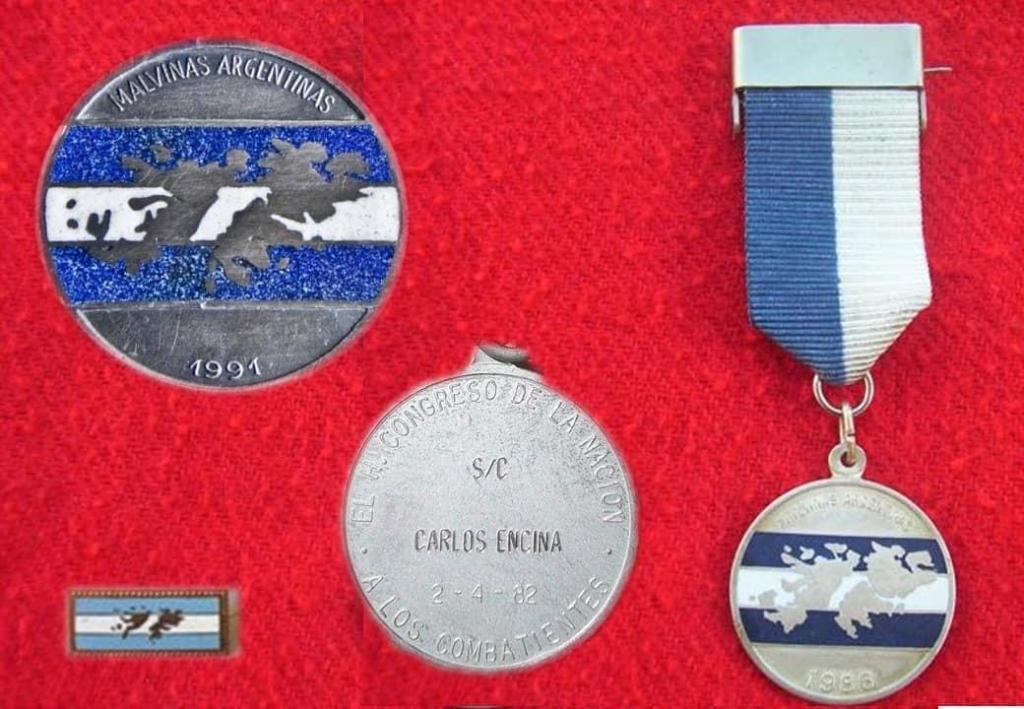
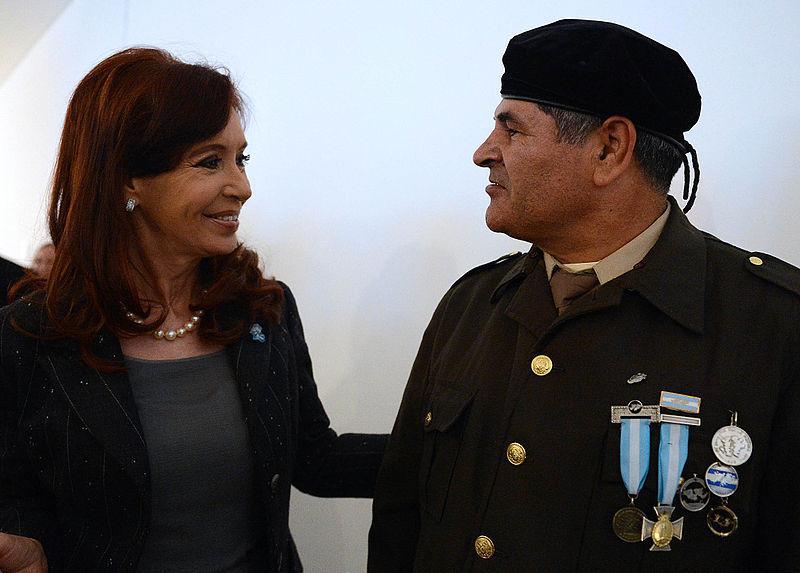
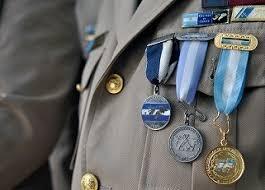
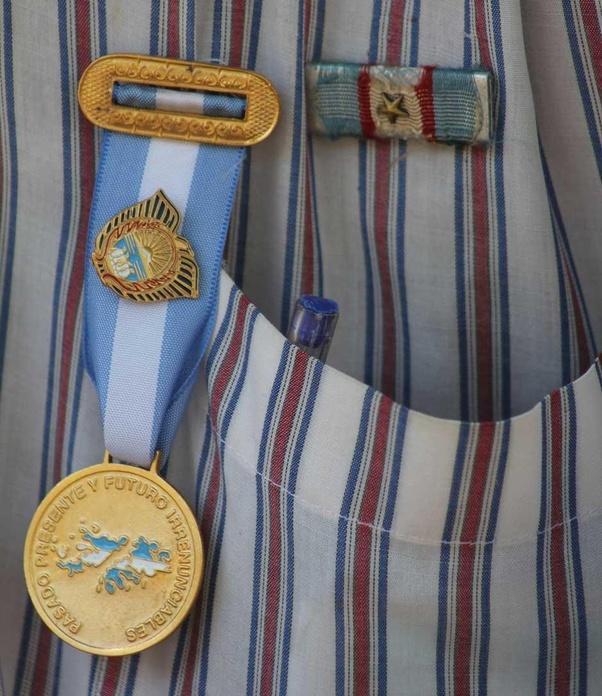
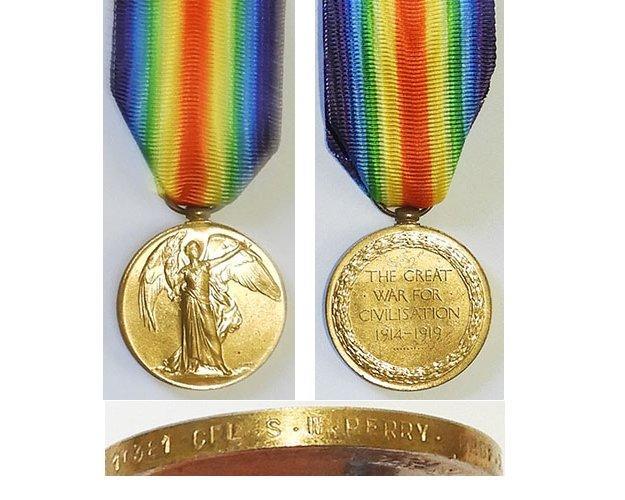
.thumb.jpg.c1e7216c98e13b8855683633b191a596.jpg)
